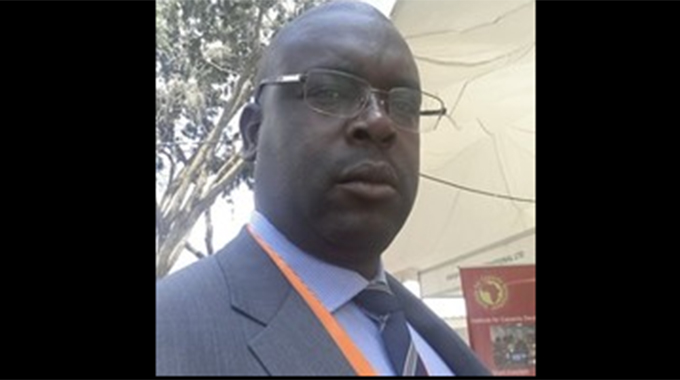Govt keen on HIPC as priority debt strategy

Enacy Mapakame in Bulawayo
The Government is committed to debt resolution and pursuing the options under the Heavily Indebted Poor Countries (HIPC) Initiative as its first choice to expunge the unsustainable liabilities although there are other options, a senior official has said.
The HIPC Initiative option and process allows the country to benefit from maximum debt relief.
This comes as the Government is pushing for an economic upturn with the aim to attain an upper-middle-income economy status by 2030. Achieving this, however, could be offset by debt, as the country is battling an unsustainable debt overhang that limits its ability to attract fresh lines of credit.
But, since coming into office in 2018, the Second Republic has been seized with strategies to reduce external debt to manageable levels and help restore confidence in the economy.
Finance and Economic Development Deputy Minister Clemence Chiduwa said as Treasury, its first option was pursuing the HIPC Initiative.
Should that fail, he said, there were other options such as exploiting own resources to clear arrears.
“The strategy outlines and explores possible debt resolution options under the Heavily Indebted Poor Countries (HIPC) Initiative and non- HIPC Initiative scenarios.
“The country will be exploring this route, with the assistance of the World Bank Group, as well as support from the G7 members who are also Paris Club members.
“Zimbabwe is keen to undertake the HIPC Initiative process if the window for the HIPC Initiative eligibility is availed,” said Deputy Minister Chiduwa at the ongoing 4th Zimbabwe Debt Conference in Bulawayo hosted by African Forum and Network on Debt and Development (AFRODAD) in conjunction with Zimbabwe Coalition on Debt and Development (ZIMCODD).
The Government has acknowledged the country is grappling with an unsustainable debt burden which is estimated at US$16,7 billion, which is 61,6 percent of Gross Domestic Product (GDP), as at end June 2022.
Of this total debt, according to Treasury, public and publicly guaranteed (PPG) debt, US$13,2 billion is external debt while US$3,5 billion is domestic debt.
Of concern is the accumulation of external debt payment arrears and penalties for the past two decades, which are now estimated at US$6,6 billion, as at the end June 2022.
The existence of these external debt payment arrears and penalties remains an albatross to the achievement of the National Development Strategy objectives and the attainment of Vision 2030, of a prosperous and empowered upper middle-income economy status, as access to external financing to fund national projects and programmes, remains limited due to the arrears situation.
Deputy Minister Chiduwa, however, indicated that if Zimbabwe failed to meet the HIPC eligibility criteria, there would be other options to pursue.
“Should the HIPC Initiative option be not available, the debt Strategy also outlines a combination of use of own resources (where feasible) and bridge concessional financing to clear arrears to the International Financial Institutions (IFIs),” he said.
The HIPC Initiative was introduced by the International Monetary Fund (IMF) and World Bank in 1996, to make sure that the poorest countries in the world are not overwhelmed by unmanageable or unsustainable debt burdens.









Comments